This is not your usual Double Apex fare, but when Hyundai SA was gracious enough to invite us to the launch of its refreshed H1 bus and we kindly accepted.
A popular option
Hyundai’s H1 bus has been a popular option for fleet and private buyers alike. Since launch in 2009 over 14 000 units have been sold locally. The range is well-priced against rivals and, in typical fashion, standard specification is generous. To help bolster sales locally Hyundai SA has just introduced refreshed H1 into the local market.
Watch a Hyundai i30N take on a VW Golf GTI in this drag race video.
A new look
Most notable of the revisions is a new nose section, which has been comprehensively redesigned. The new look makes it appear far more modern and sophisticated in appearance. We’ve included an image (above) to illustrate the difference.
Projector-type headlamps really help the cause as does the grille treatment, which brings it closer in appearance to other passenger cars in Hyundai’s portfolio. The range-topper adds 17-inch alloy wheels to the new look along with colour-coded side mirror housings that incorporate turn signals.
As before, there are two passenger-carrying models, a naturally aspirated 2,4-litre manual and an automatic turbodiesel. The petrol version delivers peak power of 126 kW coupled with 224 N.m of torque. The 2,5-litre diesel develops 125 kW and 441 N.m of torque.
More inside
Rake and reach adjustment for the steering wheel is standard fitment across the range, as is the touchscreen infotainment centre and satellite controls for the audio system and the cruise control.
Both derivatives have always featured rear park sensors, to this the 2,5 turbodiesel adds a rear view camera. The best part is, Hyundai SA has kept the price of the outgoing model despite the additional features. See bottom of post for details.
On the road
It is difficult to avoid the fact that this is a bus, and it very much feels like it on the road. Mind you, its road manners are admirable. At the local launch event we sampled the automatic version on a drive through the Swartland region of the Cape. On the open road the Hyundai H1 is comfortable with a nice relaxed ride, if not quite as cosseting as that of the VW Caravelle. The occasional crosswind did nothing to upset its composure either.
We didn’t try out the manual petrol version, and according to Hyundai SA few people do as the sales split is 90/10 in favour of the automatic diesel. Faced with the choice, this is the combination I’d go for anyway. The torque converter automatic is a five-speed unit that is butter smooth in operation and gels well with the torque output of the diesel motor.
Summary
When you look at other vehicles in this segment, it is not difficult to see why the Hyundai H1 has been such prolific model. Options from other manufacturers (Toyota Quantum aside) are either quite expensive or have nowhere near the same spec level as the Hyundai.
The new looks certainly help its cause, as does the additional specification, now if only Hyundai would offer a wide colour palette than the three options available. Either way, it was, and still is a good buy.
Prices
H1 2,4 Executive Bus (petrol, manual transmission) R499 900
H1 2,5 Elite Bus (turbodiesel, automatic transmission) R629 900
Prices include Hyundai’s five-year/150 000 km warranty, with an additional two years/50 000 km manufacturer’s powertrain warranty, as well as a 5 year/150 000 km roadside assistance plan and 5-year/90 000 km service plan.

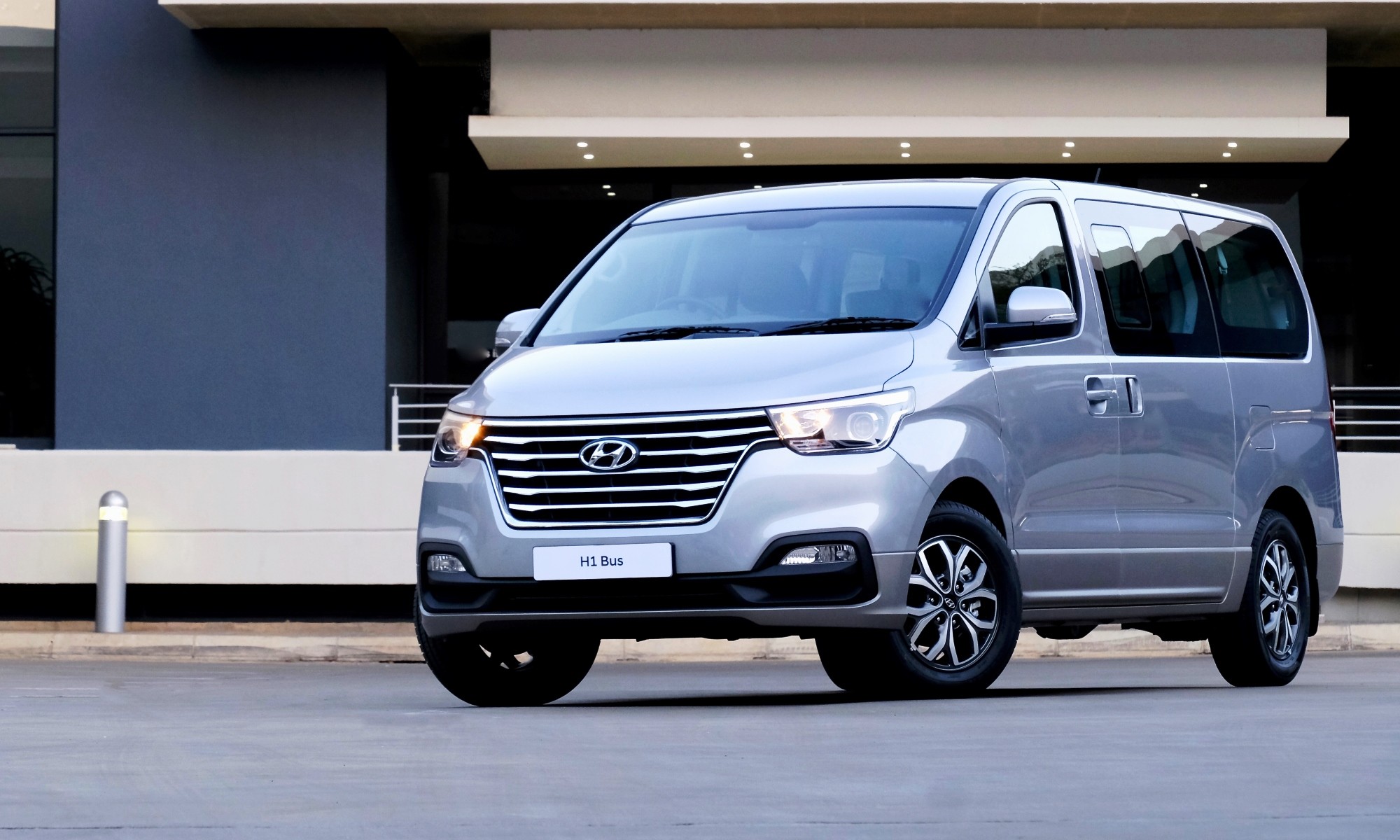

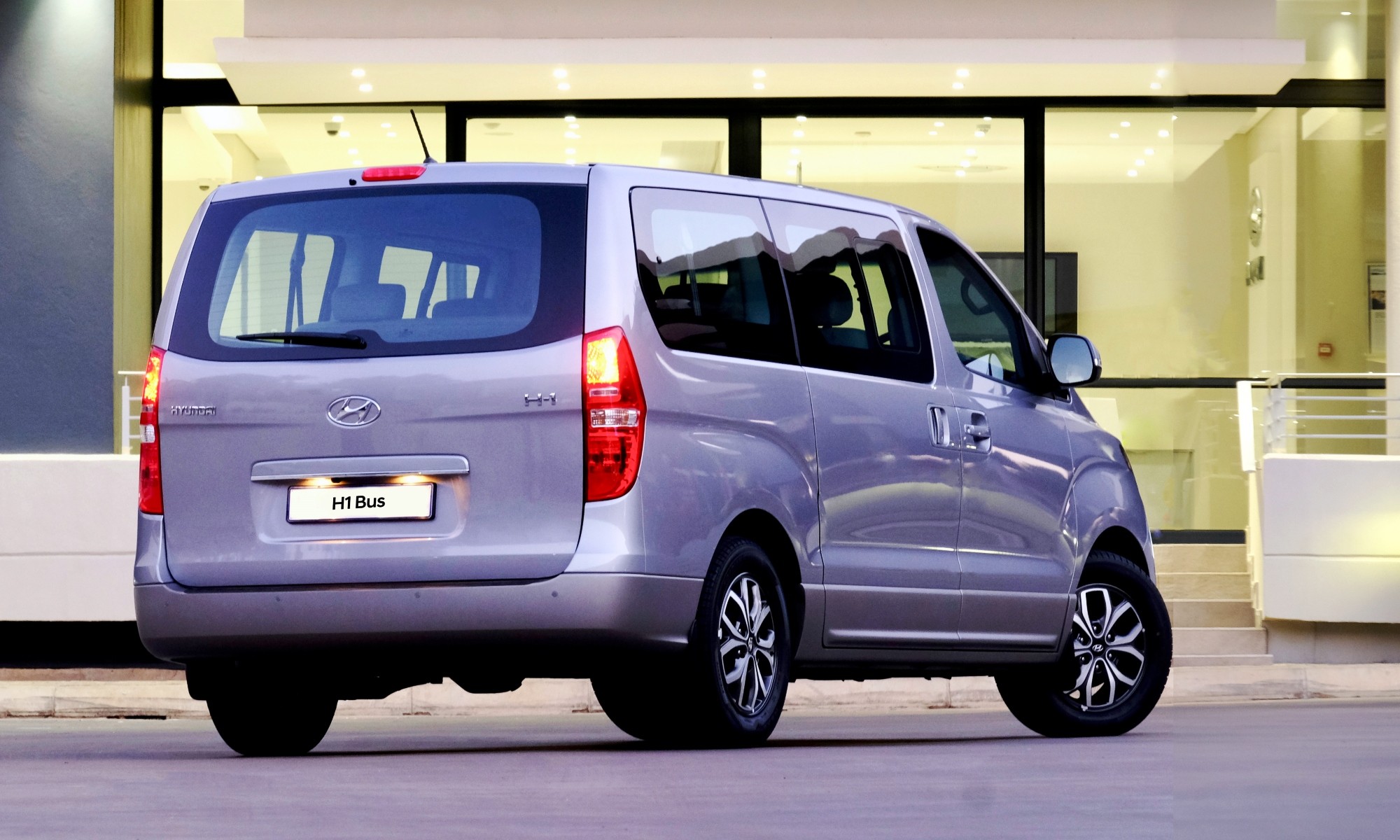

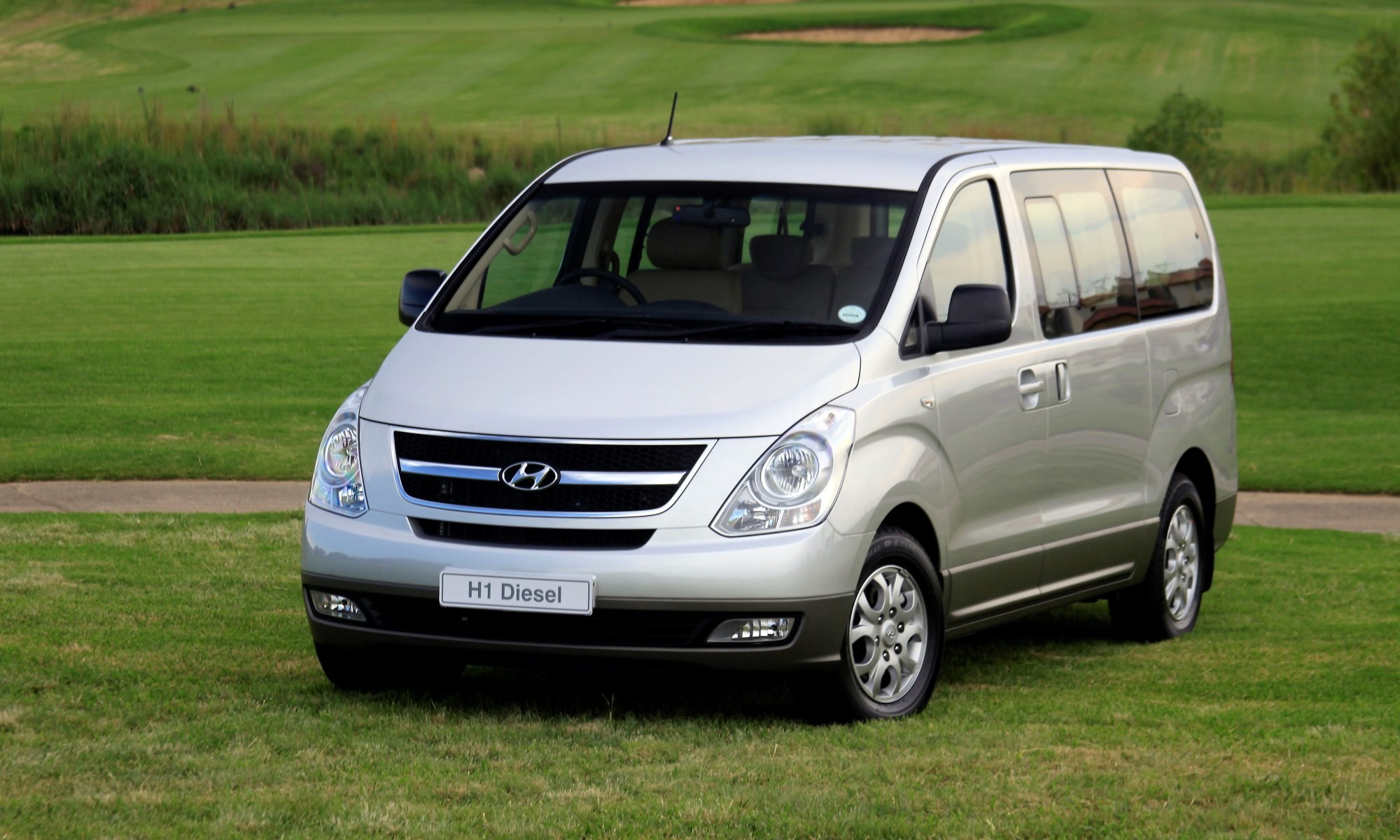
![Hyundai Brings Full ICE Experience to Ioniq 5N EV [video]](https://doubleapex.co.za/wp-content/uploads/2024/04/Hyundai-Ioniq-5-N-1-1-500x383.jpg)
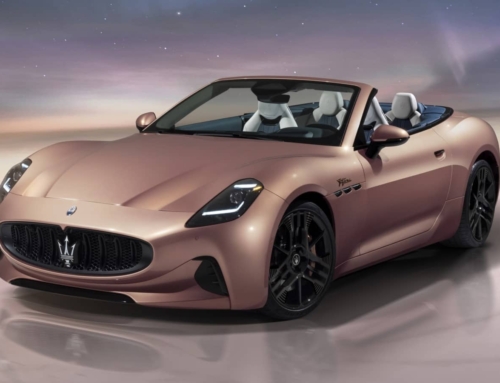
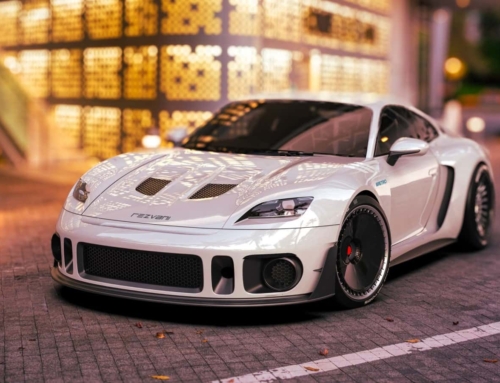
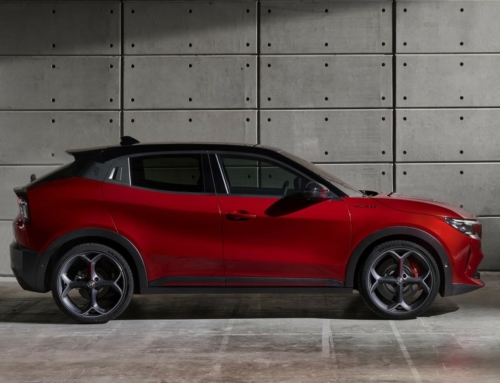
Leave A Comment